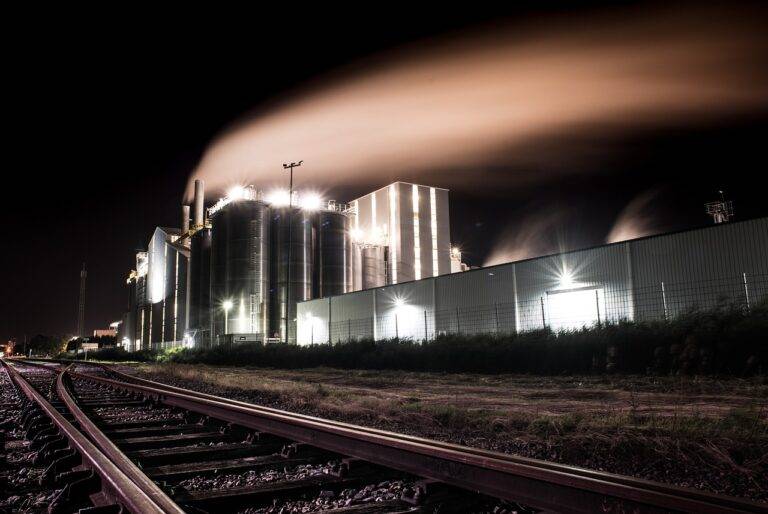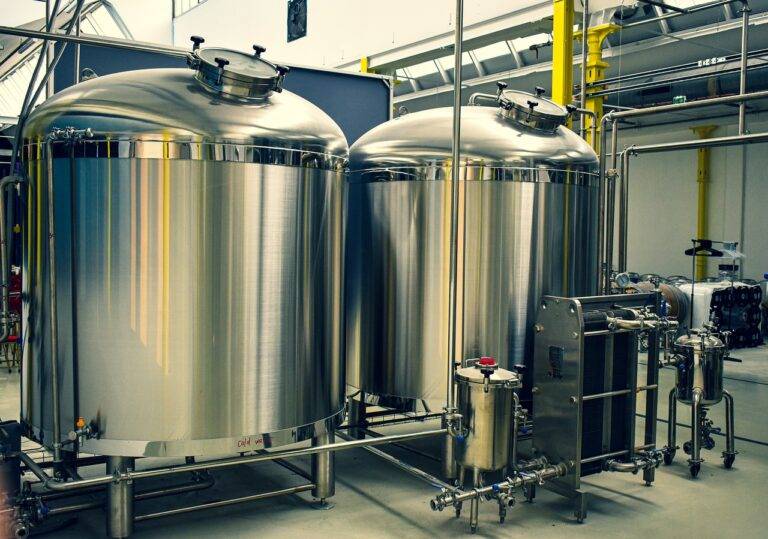The Impact of 5G on Disaster Recovery Communication
When natural disasters strike, communication is paramount for coordinating relief efforts and ensuring public safety. 5G technology plays a crucial role in enhancing disaster recovery communication by providing faster and more reliable connectivity. With its ultra-low latency and high data speeds, 5G enables emergency responders to communicate seamlessly and efficiently in critical situations. Furthermore, 5G networks support a larger capacity for data transfer, allowing for real-time sharing of information among various agencies involved in disaster response.
In addition to facilitating communication among first responders, 5G technology also benefits affected communities during disaster recovery efforts. With improved network speeds and bandwidth, individuals can access emergency alerts, connect with loved ones, and receive crucial information more swiftly. This accelerated communication can help residents make informed decisions and receive assistance promptly, ultimately enhancing overall disaster recovery processes. By leveraging the capabilities of 5G technology, disaster response teams can work more effectively and collaboratively, leading to a more efficient and coordinated response to emergencies.
Benefits of 5G Network Speeds in Emergency Situations
In times of emergencies, swift and efficient communication is crucial for ensuring prompt response and aid to those in need. With the advent of 5G technology, the speed and reliability of communication networks have significantly improved, enabling emergency services to communicate seamlessly and coordinate their efforts more effectively. The ultra-fast speeds of 5G networks allow emergency responders to quickly share critical information, such as real-time updates on the situation on the ground, medical records, and resource availability, helping them make informed decisions and respond to emergencies with precision and speed.
Moreover, the low latency of 5G technology ensures that emergency calls and messages are delivered without delay, minimizing response times and potentially saving lives in dire situations. This reduced latency also enables the use of emerging technologies like drones and IoT devices in emergency response efforts, providing responders with valuable insights and data in real time. Overall, the benefits of 5G network speeds in emergency situations are vast, revolutionizing the way emergency services operate and enhancing their capabilities to effectively respond to crises and disasters.
How does 5G technology enhance communication during disaster recovery efforts?
5G technology provides faster and more reliable network speeds, allowing emergency responders to communicate more effectively and efficiently during emergency situations.
What are some of the benefits of 5G network speeds in emergency situations?
Some benefits include quicker access to critical information, improved coordination between emergency responders, and faster response times in life-threatening situations.
Can 5G technology help in locating individuals in distress during emergencies?
Yes, 5G technology can enhance location tracking capabilities, making it easier to pinpoint the exact location of individuals in distress and dispatch help accordingly.
How does 5G technology improve the overall response to emergency situations?
By enabling faster and more reliable communication, 5G technology helps emergency responders make quick decisions, coordinate resources effectively, and ultimately save more lives during emergencies.
Are there any limitations to using 5G technology in emergency situations?
While 5G technology offers many benefits, it is important to consider factors like network coverage, infrastructure readiness, and potential technical issues that could impact its effectiveness during emergencies.





